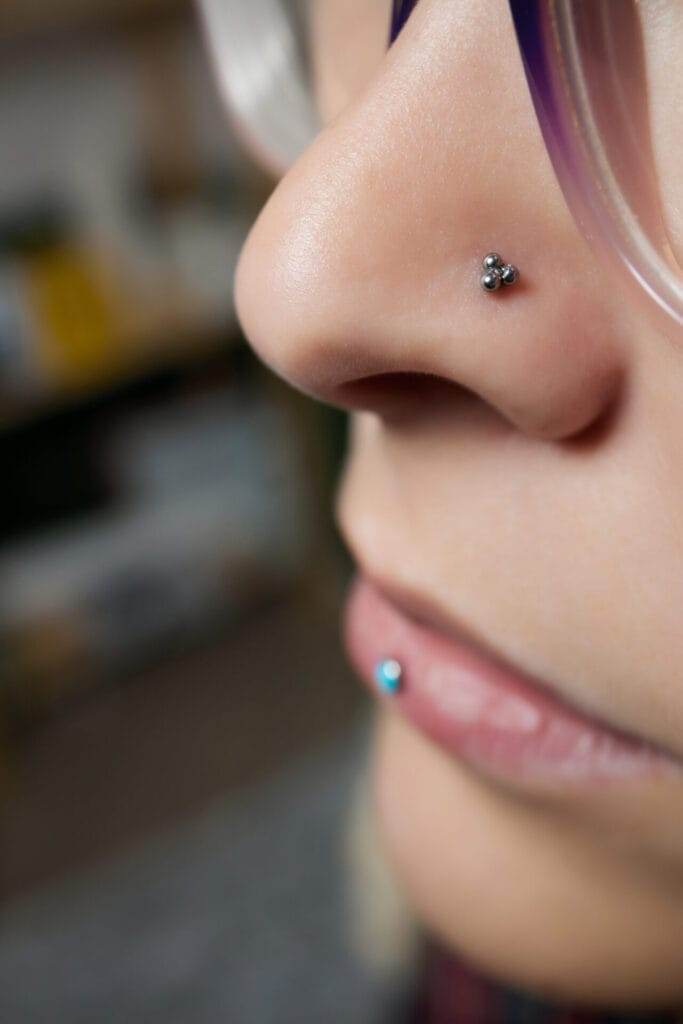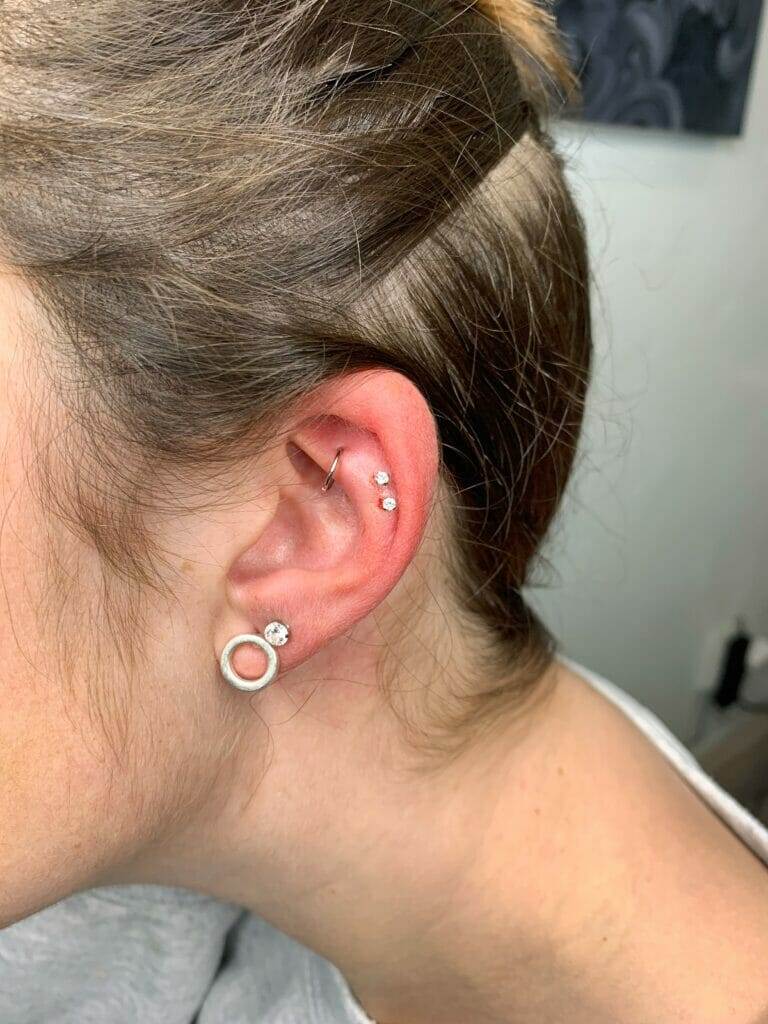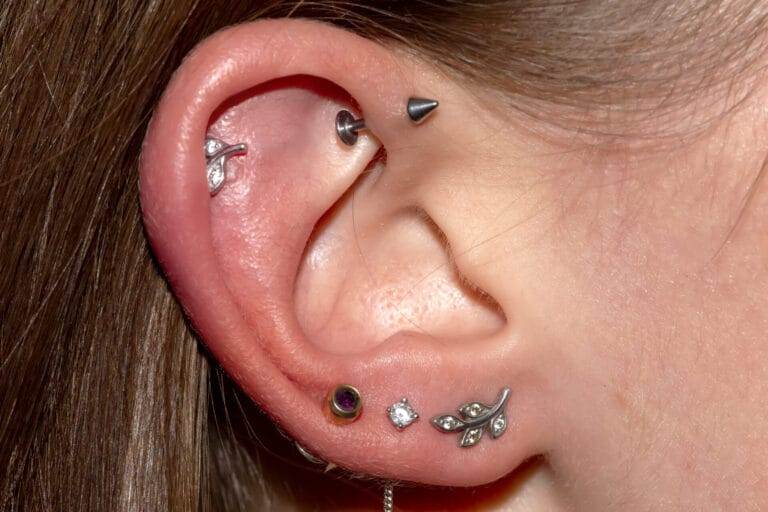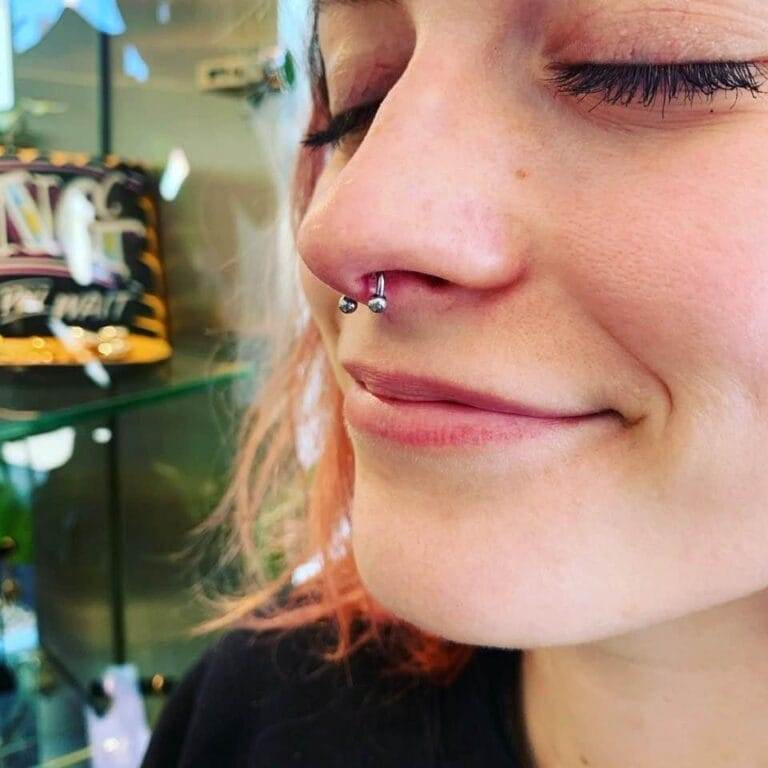Body piercing has been practiced for thousands of years, with evidence of its existence dating back to ancient civilizations such as the Egyptians, Romans, and Aztecs. In recent years, body piercing has gained significant popularity and has become a mainstream form of self-expression. People of all ages and backgrounds are now embracing this form of body modification as a way to showcase their individuality and personal style.
According to a survey conducted by the Pew Research Center, nearly 30% of Americans have at least one piercing other than their earlobes. This statistic highlights the growing acceptance and prevalence of body piercing in modern society. Additionally, celebrities and influencers have played a significant role in popularizing body piercing, with many showcasing their own piercings on social media platforms.
The Pain Factor: Understanding the Physical Sensations Involved
One of the most common concerns people have when considering body piercing is the pain associated with the process. It’s important to understand that pain levels can vary depending on the location of the piercing and individual pain tolerance. However, it’s generally agreed upon that there will be some level of discomfort during and after the piercing.
During the piercing process, a sharp needle is used to create a hole in the skin or cartilage. This can cause a brief moment of intense pain or a sharp pinch-like sensation. Afterward, there may be some soreness, swelling, and tenderness in the pierced area. It’s important to note that everyone experiences pain differently, and what may be tolerable for one person may be unbearable for another.
To manage pain during the piercing process, it’s recommended to take deep breaths and try to relax as much as possible. Some people find it helpful to distract themselves by focusing on something else or engaging in deep breathing exercises. After the piercing, over-the-counter pain relievers such as ibuprofen can help alleviate any discomfort. It’s also crucial to follow proper aftercare instructions provided by the piercer to ensure a smooth healing process.
The Emotional Toll: Coping with Anxiety and Fear
In addition to the physical sensations, many individuals experience anxiety and fear when considering body piercing. Common fears include concerns about the pain, potential complications, and the permanence of the modification. It’s important to acknowledge these fears and find ways to cope with them effectively.
One strategy for managing anxiety and fear is to educate oneself about the piercing process. Understanding the steps involved, the sterilization procedures, and the qualifications of the piercer can help alleviate some concerns. Additionally, talking to friends or family members who have undergone body piercing can provide reassurance and support.
Deep breathing exercises and relaxation techniques can also be helpful in managing anxiety before and during the piercing process. Taking slow, deep breaths can help calm the nervous system and reduce feelings of panic or anxiety. It may also be beneficial to visualize a positive outcome and focus on the excitement of expressing oneself through body piercing.
The Healing Process: Navigating Pain and Discomfort
After getting a body piercing, it’s important to understand that the healing process can take time and may involve some discomfort. The length of the healing process varies depending on the location of the piercing, but it typically ranges from a few weeks to several months.
During the healing process, it’s normal to experience some pain, swelling, redness, and discharge around the pierced area. It’s crucial to follow proper aftercare instructions provided by the piercer to minimize complications and promote healing. This may include cleaning the piercing with saline solution or a mild soap, avoiding touching or twisting the jewelry, and avoiding activities that may irritate or damage the piercing.
To reduce discomfort during the healing process, over-the-counter pain relievers such as ibuprofen can be taken as directed by a healthcare professional. Applying a cold compress to the pierced area can also help reduce swelling and provide temporary relief. It’s important to avoid using alcohol or hydrogen peroxide on the piercing, as these can be too harsh and may delay the healing process.
The Art of Self-Expression: Choosing the Right Piercing
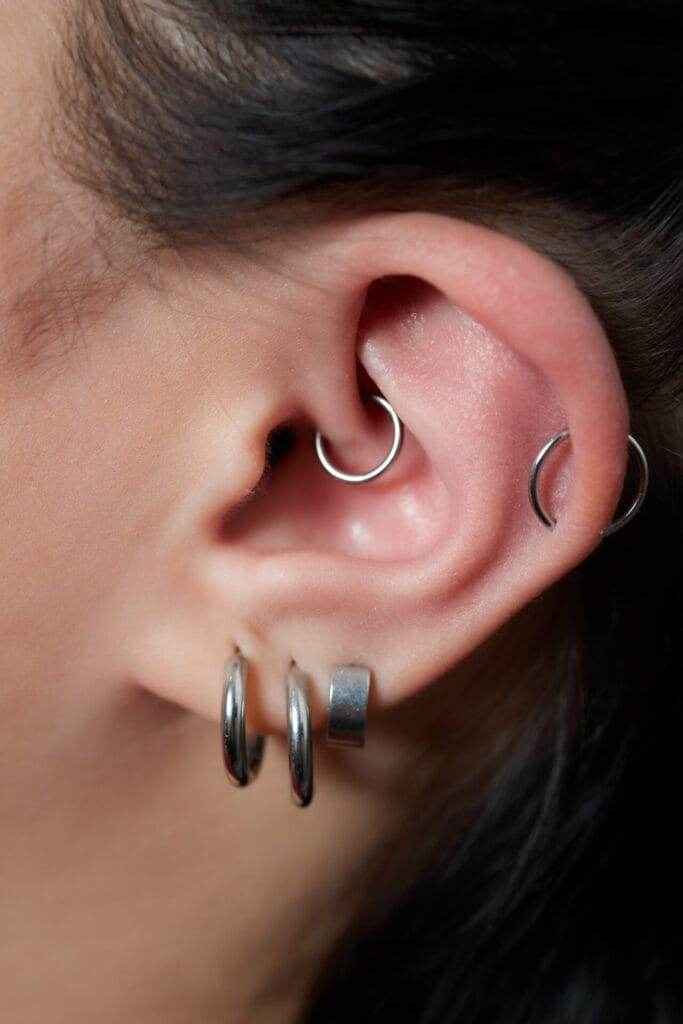
When considering body piercing, it’s essential to choose a piercing that aligns with one’s personal style and preferences. There are various factors to consider when making this decision, including the location of the piercing, the type of jewelry, and the potential meaning behind the piercing.
The location of the piercing is an important consideration, as different areas of the body have different pain levels and healing times. Some popular piercing options include earlobe piercings, nose piercings, lip piercings, eyebrow piercings, and navel piercings. Each of these options offers unique opportunities for self-expression and can be customized with different types of jewelry.
Another factor to consider is the type of jewelry that will be worn in the piercing. There are various options available, including studs, rings, barbells, and hoops. The choice of jewelry can significantly impact the overall look and feel of the piercing.
Lastly, it’s important to consider the potential meaning behind the chosen piercing. Some people choose piercings based on cultural or traditional significance, while others may choose a piercing that holds personal meaning or symbolism. For example, a nose piercing may symbolize rebellion or cultural identity for some individuals, while others may simply find it aesthetically pleasing.
The Role of Culture and Tradition in Body Piercing
Body piercing has deep cultural and traditional significance in many societies around the world. In some cultures, body piercings are seen as rites of passage or symbols of social status. They may also hold religious or spiritual significance.
For example, in Indian culture, nose piercings are common and are often associated with marriage and femininity. In some African cultures, lip plates are worn as a symbol of beauty and cultural identity. In Native American cultures, ear piercings are seen as a way to connect with the spiritual world.
Understanding the cultural and traditional significance of body piercing can provide a deeper appreciation for this form of self-expression. It’s important to approach cultural and traditional piercings with respect and understanding, recognizing that they hold deep meaning for the individuals who practice them.
The Social Stigma: Dealing with Negative Reactions
Despite the growing acceptance of body piercing in modern society, there is still a social stigma attached to it. Negative reactions from friends, family members, or strangers can be hurtful and challenging to navigate. It’s important to remember that everyone has different opinions and preferences, and it’s okay to disagree.
One strategy for dealing with negative reactions is to educate others about body piercing. Sharing information about the history, cultural significance, and personal reasons for getting a piercing can help dispel misconceptions and promote understanding. It’s also important to set boundaries and assertively communicate one’s choices and preferences.
Surrounding oneself with a supportive community can also be beneficial when dealing with negative reactions. Finding like-minded individuals who appreciate and embrace body piercing can provide a sense of validation and support. Online communities, social media groups, or local piercing studios can be great resources for connecting with others who share similar interests.
The Bonding Experience: Sharing the Journey with Friends and Family
Getting a body piercing can be a significant moment in one’s life, and involving friends and family in the process can enhance the experience. Sharing the journey with loved ones can create lasting memories and strengthen relationships.
One benefit of involving friends and family in the piercing process is the emotional support they can provide. Having someone by one’s side during the piercing procedure can help alleviate anxiety and fear. Additionally, loved ones can offer encouragement and reassurance during the healing process, which can be particularly helpful during times of discomfort or frustration.
Another benefit of involving friends and family is the opportunity for shared experiences and bonding. Going to a piercing studio together, choosing jewelry, and celebrating milestones in the healing process can create lasting memories and strengthen relationships. It’s important to communicate openly with loved ones about one’s desires and expectations, ensuring that everyone is on the same page.
The Transformational Power of Body Piercing: Boosting Self-Confidence and Self-Esteem
Body piercing has the potential to boost self-confidence and self-esteem by allowing individuals to express their true selves and showcase their unique style. For many people, body piercing is a form of self-expression that allows them to break free from societal norms and embrace their individuality.
By choosing a piercing that resonates with one’s personal style and preferences, individuals can feel more confident in their appearance. Body piercings can serve as a statement piece or a conversation starter, allowing individuals to showcase their personality and creativity.
Additionally, body piercing can be empowering for individuals who have struggled with body image issues or feelings of self-doubt. Embracing a body modification that they find beautiful and meaningful can help individuals develop a more positive relationship with their bodies and boost their overall self-esteem.
The Spiritual Aspect: Exploring the Symbolic Meaning of Body Piercing
In addition to its aesthetic and self-expression aspects, body piercing can also hold spiritual significance for some individuals. Different piercings are believed to have different symbolic meanings in various cultures and spiritual practices.
For example, in Hinduism, ear piercings are seen as a way to open the inner ear to spiritual wisdom. In Buddhism, nose piercings are believed to enhance intuition and spiritual perception. In some Native American cultures, lip piercings are seen as a way to connect with the spiritual world.
For individuals who view body piercing as a spiritual practice, the act of getting pierced can be a form of ritual or ceremony. It can be a way to connect with one’s inner self, release negative energy, or invite positive energy into one’s life. It’s important to approach body piercing as a spiritual practice with reverence and respect, recognizing the deep meaning it holds for oneself and others.
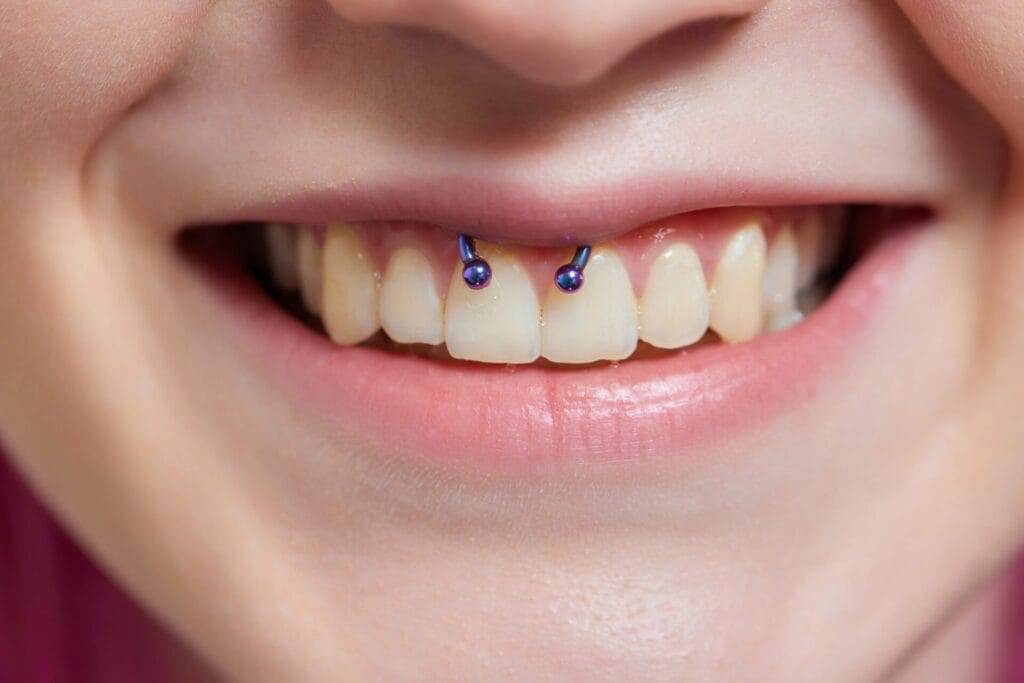
Embracing the Journey of Self-Discovery through Body Piercing
Body piercing is a powerful form of self-expression that allows individuals to showcase their unique style, embrace their individuality, and boost their self-confidence. While there may be physical sensations, emotional challenges, and societal stigmas associated with body piercing, the benefits far outweigh the challenges.
By understanding the physical sensations involved in body piercing and implementing strategies to manage pain and discomfort, individuals can navigate the process more smoothly. Coping with anxiety and fear by educating oneself, practicing relaxation techniques, and seeking support from loved ones can help alleviate emotional distress.
The healing process may involve some discomfort, but by following proper aftercare instructions and promoting healing through healthy habits, individuals can ensure a smooth recovery. Choosing the right piercing based on personal style and preferences, as well as considering cultural and traditional significance, can enhance the overall experience.
Dealing with negative reactions from others can be challenging, but by educating others, setting boundaries, and surrounding oneself with a supportive community, individuals can navigate these situations more effectively. Involving friends and family in the piercing process can create lasting memories and strengthen relationships.
Body piercing has the power to boost self-confidence and self-esteem by allowing individuals to express their true selves and showcase their unique style. It can also hold spiritual significance for those who view it as a form of ritual or ceremony. By embracing the journey of self-discovery through body piercing, individuals can find empowerment, self-expression, and a deeper connection with themselves and others.



